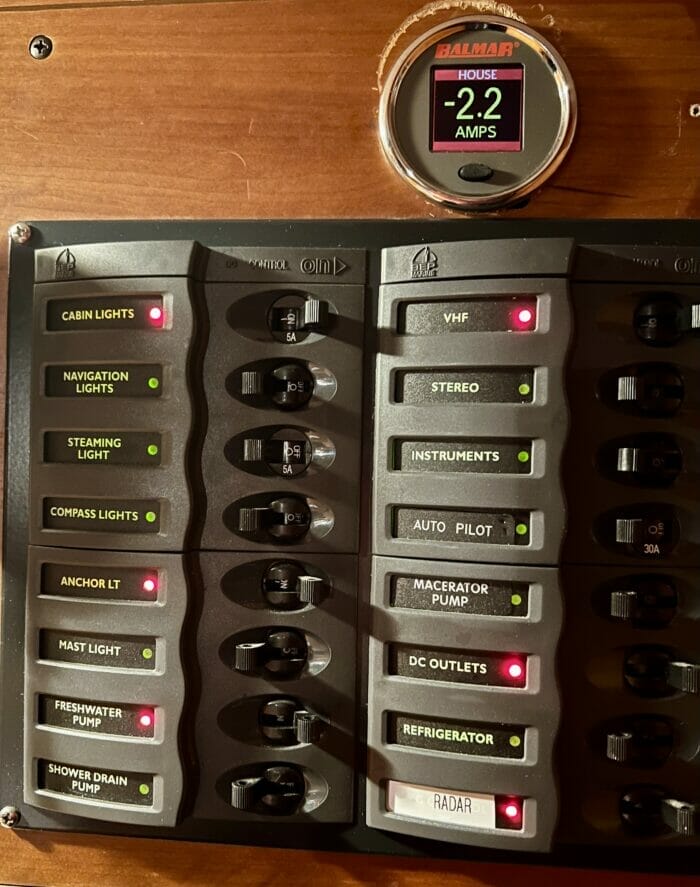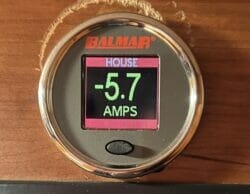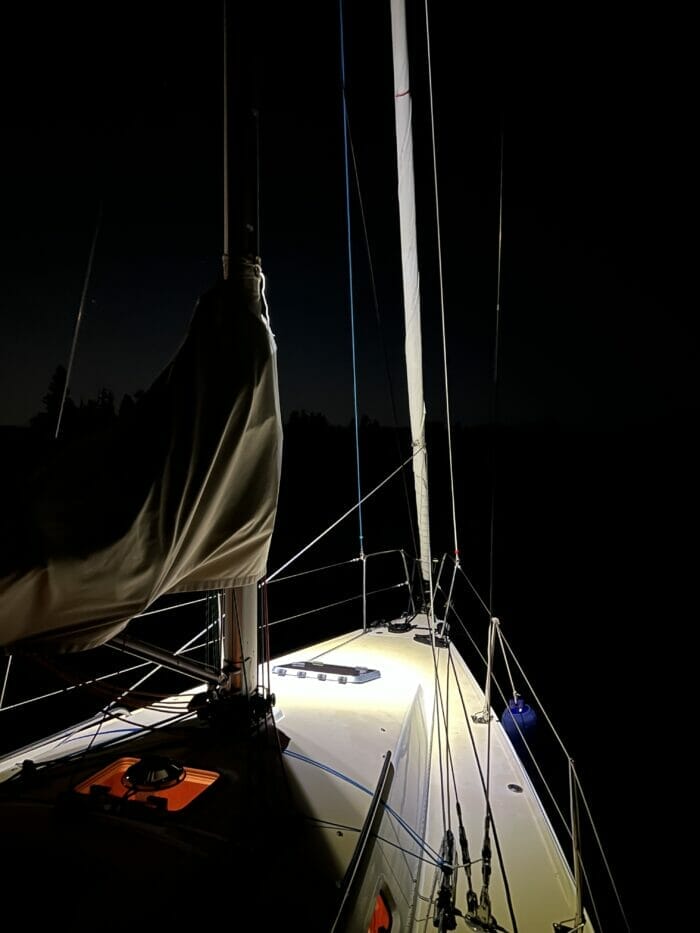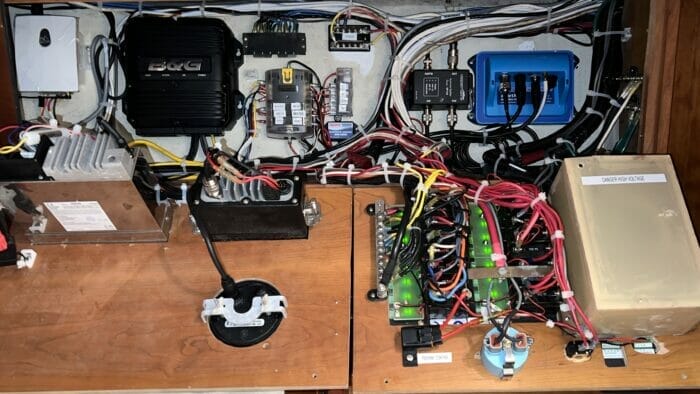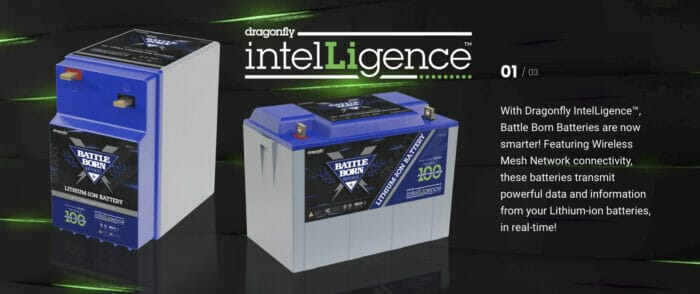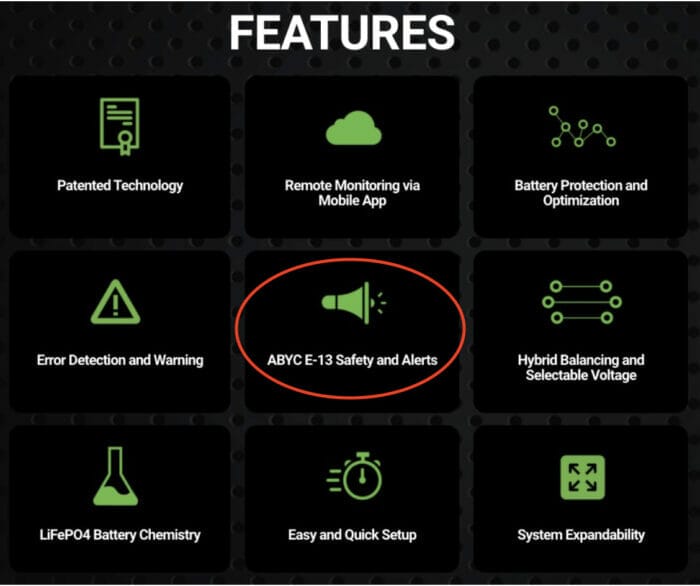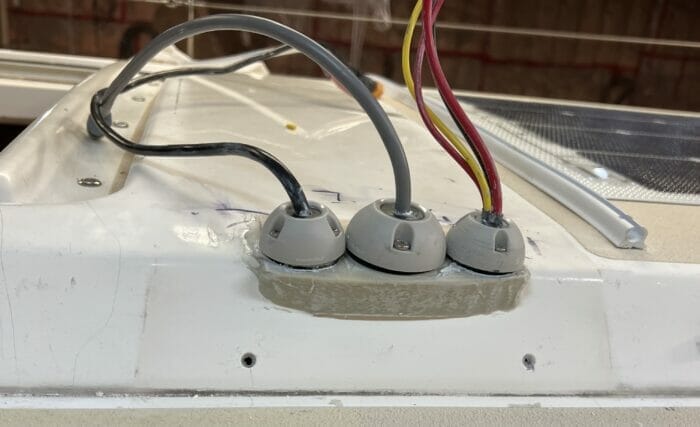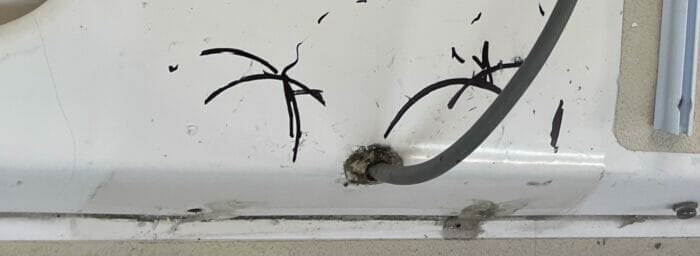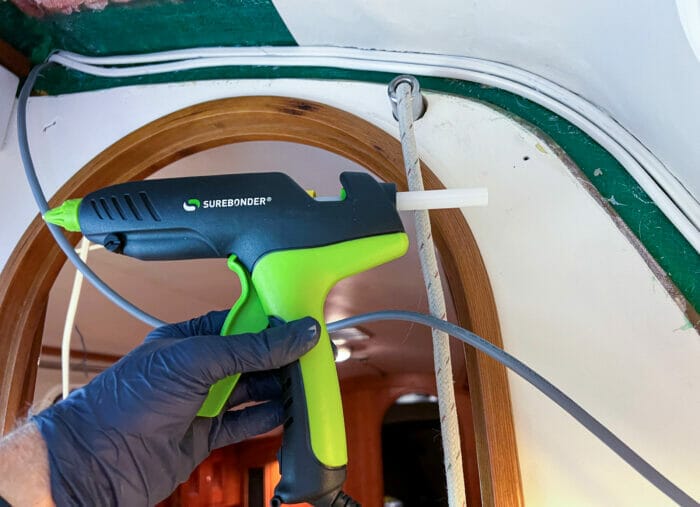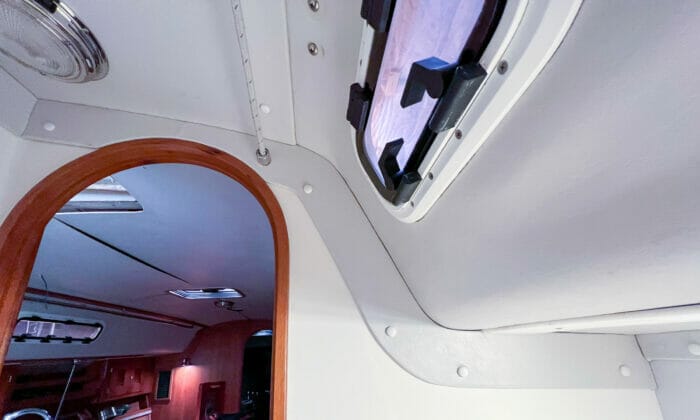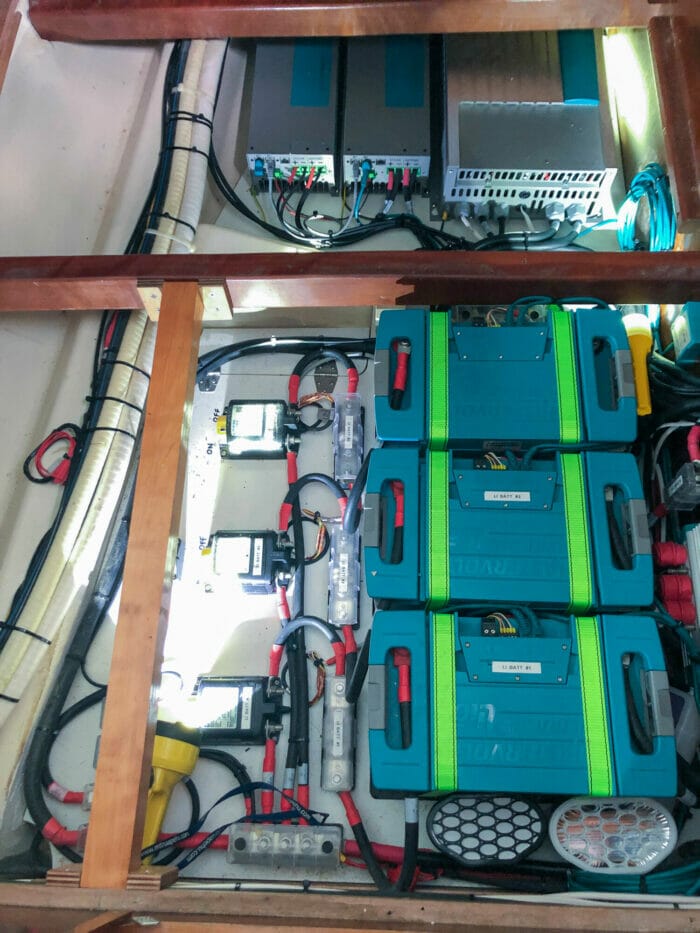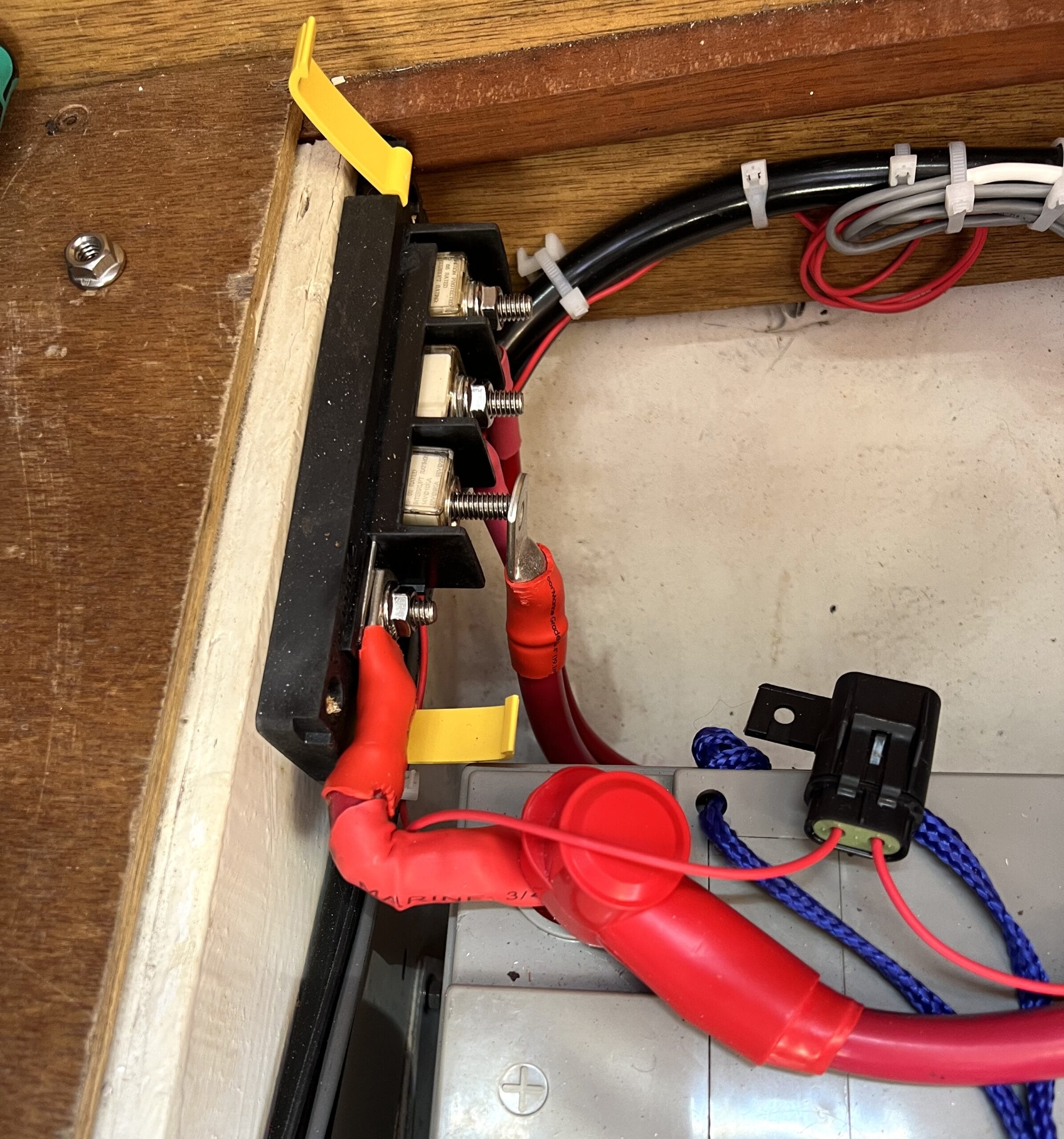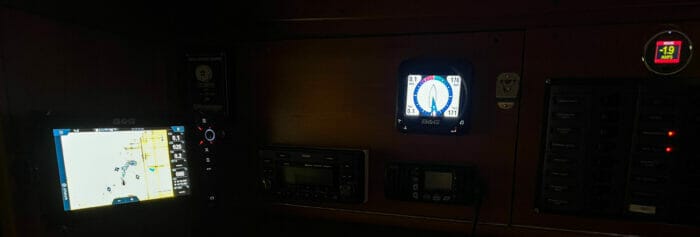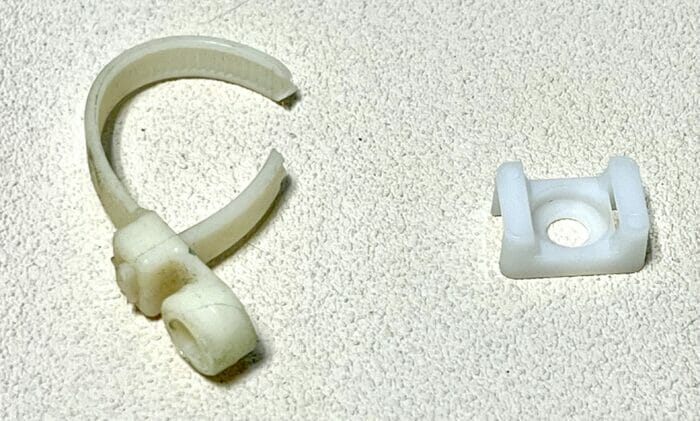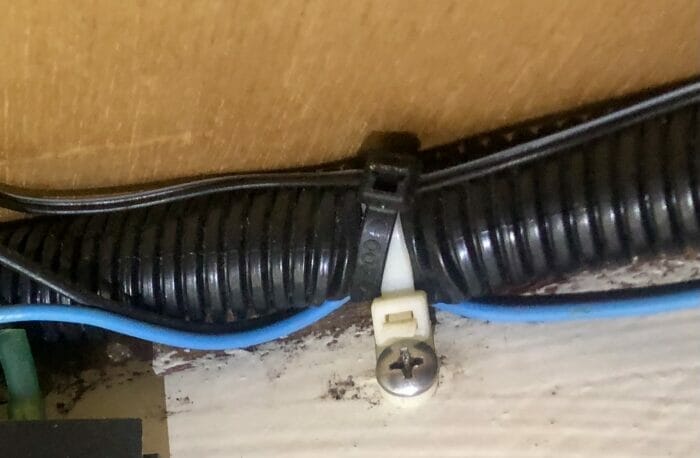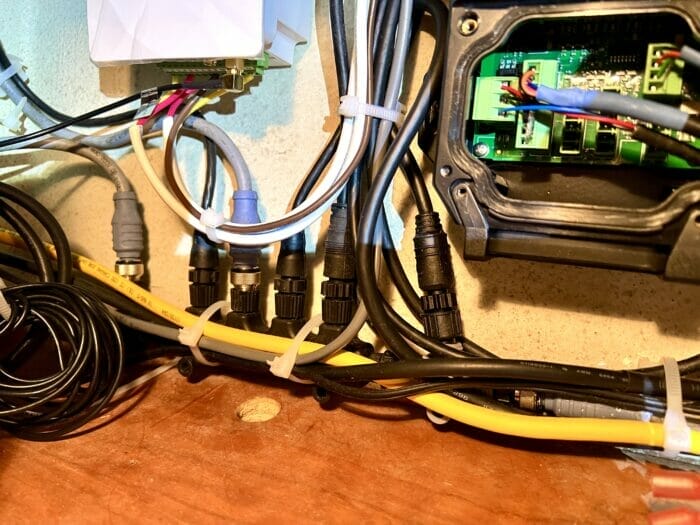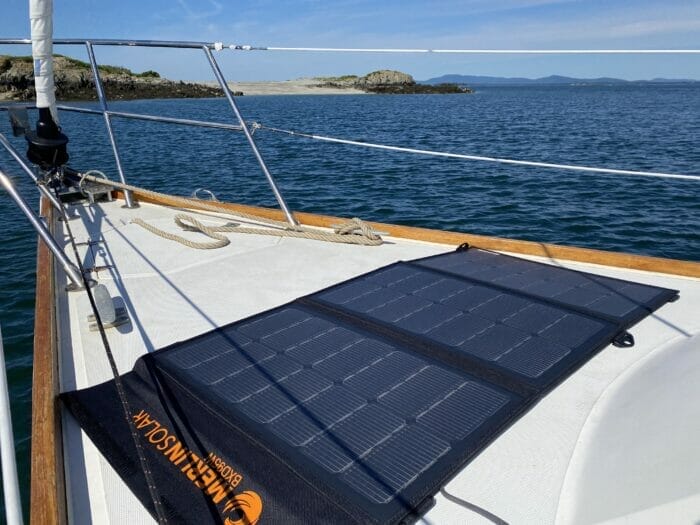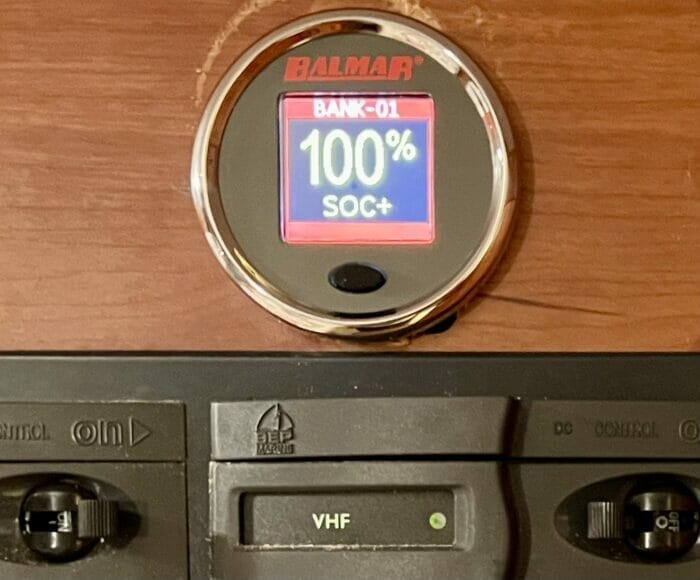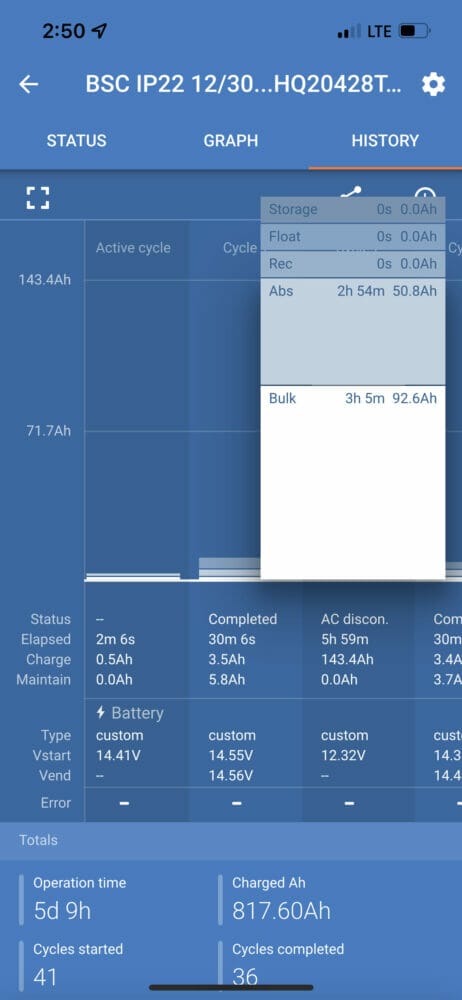
Every so often, someone sends me a link to this article, originally published in Professional Boat Builder and repeated at Sailing Anarchy, that starts with the line:
Lithium-ion batteries start fires.
First off, the author does not differentiate between lithium cobalt oxide (the battery type in your phone) and lithium iron phosphate (LiFePO), the chemistry generally used for service batteries on boats, which is much safer and less volatile.
In fact, recently, ABYC tried to set one of the latter types on fire and had no luck.
Second, he goes on to say that a large number of boat fires are caused by batteries.
I don’t think that’s true.
What I would agree to is that a large percentage of fires on boats are caused by poorly designed and installed electrical systems, and that includes those installed by the “professionals”:
The electrical system on our new-to-us J/109, as installed by the builder in 2004, was a fire looking for a place to happen, mainly because of inadequate fusing.
And then in the years after she was built and before we bought the boat and rebuilt the electrical system, “professionals” had made the fire risk far worse with stupid changes and additions.
This is a distressingly common situation, and don’t make the mistake of thinking that just because your boat has passed survey that the electrical system is safe. Ours did and wasn’t.
And don’t get me started on the dangers of electrical systems designed and installed by boat owners who watch a few YouTube videos, source lithium cells from some vendor on eBay, and have at it.
So to me, the correct statement is:
Lithium batteries don’t burn boats, poor battery and electrical installations burn boats, regardless of battery chemistry.
Me
I have written a lot more about this in this Online Book, including how to decide if lithium batteries are right for your boat:



